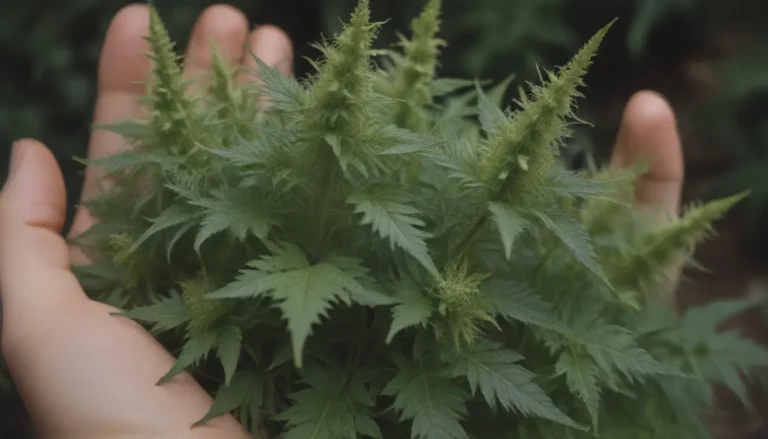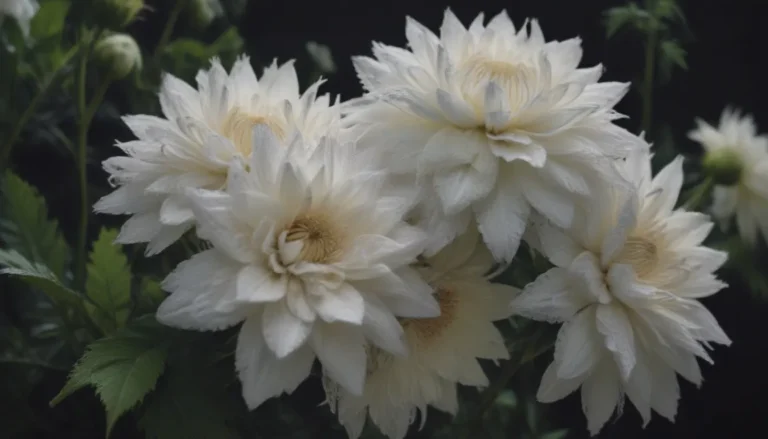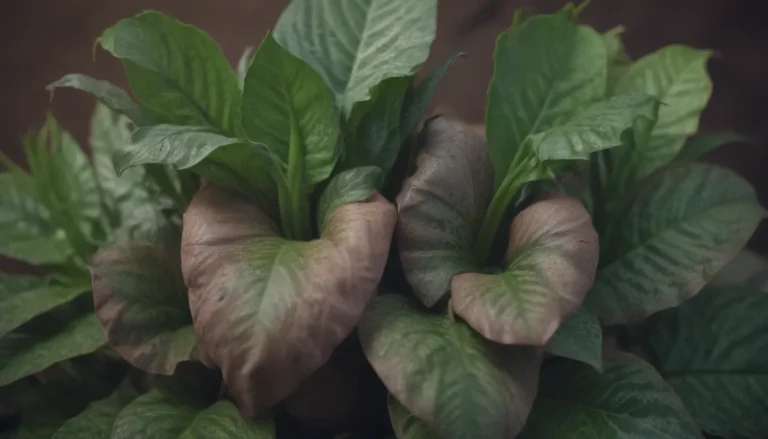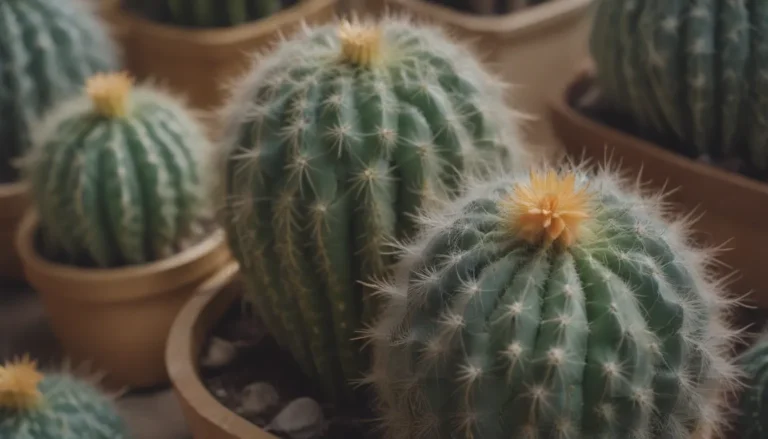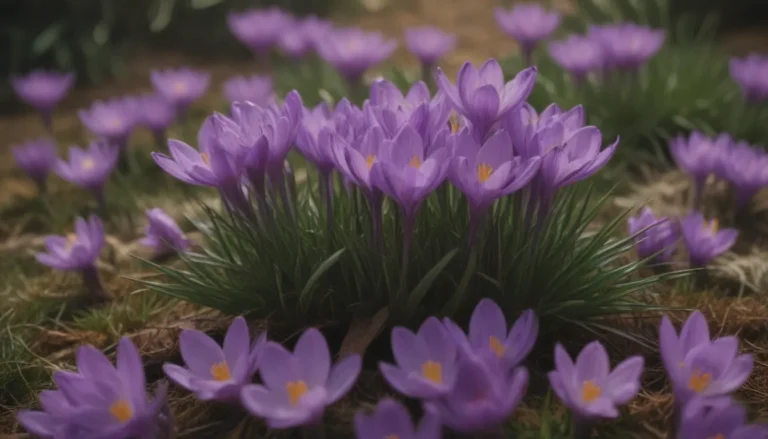Comprehensive Guide on Growing and Caring for Castor Bean Plants
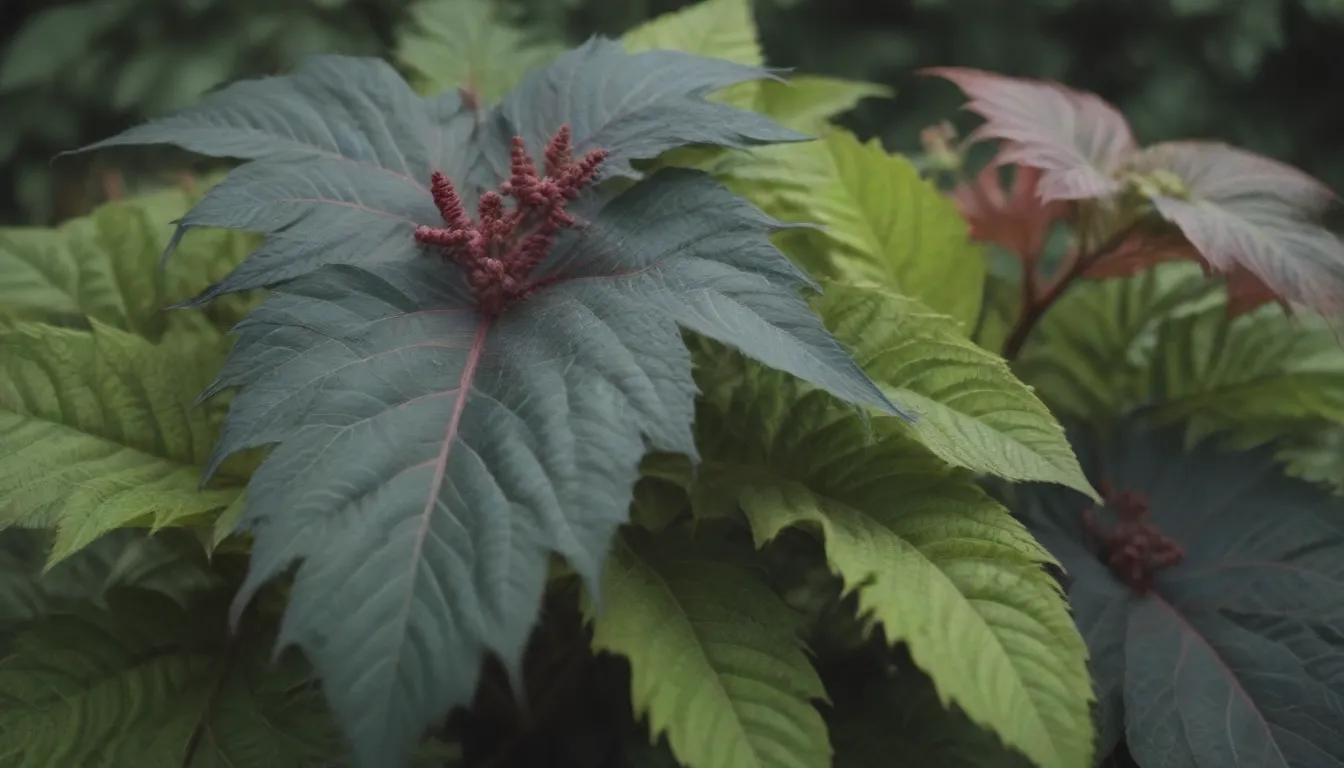
If you’re looking to add a touch of boldness to your landscape, consider growing castor bean plants. These plants are known for their large, star-shaped leaves and vibrant red seeds, making them a standout addition to any garden. In this comprehensive guide, we’ll cover everything you need to know about growing and caring for castor bean plants, from planting to pruning and everything in between.
Introduction to Castor Bean Plants
Castor bean plants are fast-growing and can reach impressive heights in just one summer. These tropical plants thrive in full sunlight, well-draining soil, and warm temperatures. However, it’s important to note that castor bean plants are highly toxic to both people and pets, so caution should be exercised when planting and caring for them.
Castor Bean Care Requirements
When it comes to caring for castor bean plants, there are a few key considerations to keep in mind. Here are the main care requirements for growing healthy and thriving castor bean plants:
- Light: Castor bean plants thrive in full sunlight and should receive at least 8 hours of sunlight per day. Avoid planting them in the shadow of taller trees, as this can hinder their growth.
- Soil: Rich, moist soil is ideal for castor bean plants. Make sure the soil is well-draining and nutrient-dense, but not waterlogged. Consider amending the soil with organic matter if necessary.
- Water: Keep the soil consistently moist, but be careful not to overwater. Aim for around 1 inch of water per week, adjusting as needed based on weather conditions.
- Temperature and Humidity: Castor bean plants prefer warm temperatures and high humidity levels. Optimal soil temperatures for planting range from 50 to 64 degrees Fahrenheit, with overall temperatures between 68 and 80 degrees Fahrenheit.
- Fertilizer: Feed your castor bean plant with a general, all-purpose fertilizer once a month for best results.
Types of Castor Bean Plants
There are several varieties of castor bean plants available, each offering unique foliage colors and seed pod hues. Some popular types include:
- Ricinus communis ‘Carmencita Bright Red’
- Ricinus communis ‘Carmencita Rose’
- Ricinus communis ‘Gibsonii’
These varieties add a splash of color and diversity to your garden, making them a popular choice among gardeners.
Pruning Tips for Castor Bean Plants
In most regions where castor bean plants are grown as annuals, pruning is not typically necessary. However, if you live in USDA hardiness zones 9-11 and are growing castor bean plants as perennials, you may need to prune them to maintain their shape. Remember to wear protective gear, such as goggles and gloves, when pruning to protect yourself from the plant’s toxic sap.
How to Grow Castor Bean Plants from Seed
Castor bean plants are commonly propagated from seeds, and they grow rapidly once they germinate. Here’s how you can grow castor bean plants from seed:
- Soak the seeds in water for 24 hours before planting.
- Plant the seeds in rich, well-draining soil and keep them consistently moist.
- Germination usually occurs within 1-2 weeks, and the plants will grow quickly thereafter.
Common Pests and Diseases
Fortunately, castor bean plants are relatively resilient to pests and diseases. However, spider mites can be a potential issue, particularly during times of drought. To prevent infestations, keep your plants well-watered, especially in dry conditions.
Encouraging Blooms on Castor Bean Plants
While the flowers on castor bean plants may be small and insignificant, many gardeners are eager to see them bloom for the colorful seed pods that follow. Here are some tips for encouraging blooms on your castor bean plants:
- Bloom Months: Castor bean plants typically bloom from August to November.
- Appearance and Scent: The flowers of castor bean plants are small and greenish-yellow, with a light, sweet scent. However, the real show-stoppers are the bold red seed pods that come next.
- Promoting Blooms: Ensure your plants receive adequate sunlight, water, and fertilizer to encourage blooming. In suitable climates, castor bean plants can return year after year as perennials.
Fun Fact
Traditionally, castor bean plants and castor oil have been used to repel mosquitoes due to their strong scent. However, it’s important to note that while these plants are effective at repelling insects, they are also toxic to animals. Most animals will instinctively stay away from castor bean plants to avoid the risk of poisoning.
In conclusion, growing and caring for castor bean plants can add a touch of tropical flair to your garden. By following these simple guidelines and tips, you can enjoy the beauty of these vibrant plants while keeping them healthy and thriving. Remember to exercise caution due to their toxic nature, and always wear protective gear when handling them. Happy gardening!
